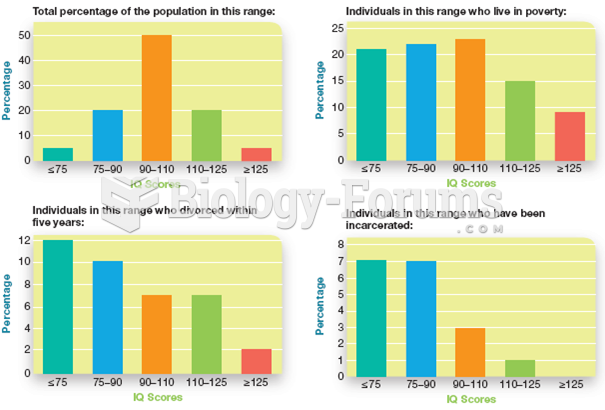Answer to Question 1Parenting styles
Authoritarian: low warmth, high control, obedience-oriented, intrusive, restrictive, directive, punitive
Authoritative: high warmth, high control, balances clear demands with emotional responsiveness, monitors behavior, assertive, supportive, not restrictive or punitive
Indulgent: high warmth, low control, lenient, allows self-regulation, avoids confrontation, exerts few demands, use of reflection
Uninvolved: low warmth, low control, little time/effort given to children, low commitment to children, stops short of pathological neglect
Child outcomes
Authoritarian: less social competence, anxious, poor communication skills, do not take initiative, overly aggressive
Authoritative: prosocial behaviors such as sharing, sympathy, cooperation
Indulgent: problem behaviors, mediocre academic performance, disrespectful to others, not popular, higher self-esteem, good social skills, less depression
Uninvolved: most poorly in academics and social competence, low self-esteem and self-regulation, cannot handle independence productively
Answer to Question 2
Mothering
Seeking safe passage for baby
Ensuring acceptance of baby by important others
Psychological attachment to developing fetus and future child
Giving of oneself
Monitoring all aspects of child
Preparing to be primary caregiver
Responsivity to child
Expectations of caring for child change over time with childs development
Factors that interfere with nurturance: abuse, addiction, poverty, illness
Fathering
Spend less time with children than mothers
Influenced by maternal gatekeeping
Tactile and physical rather than verbal and didactic
Type of job affects availability to children
Typically less responsibility than mothers such as child care, medical care, supervising children, planning schedules
Stay at home fathers typically more active with children
Roles are less culturally scripted than mothers
4 kinds of fathers: caretakers, playmates-teachers, disciplinarians, disengaged







